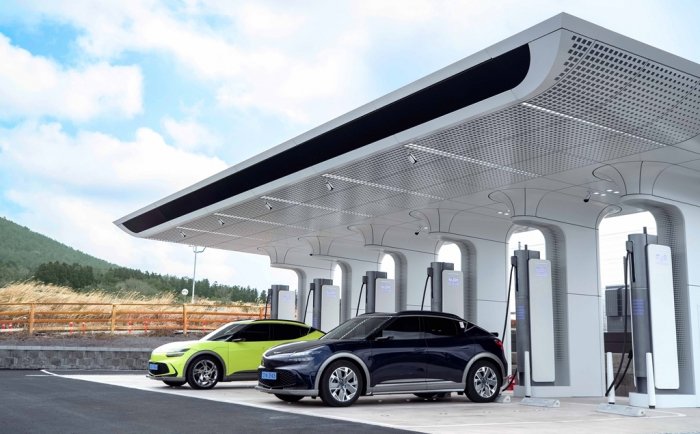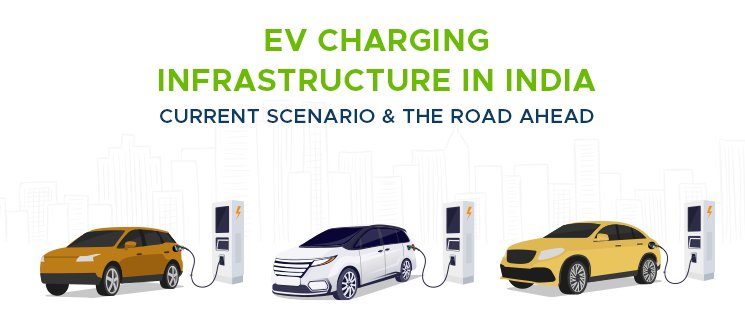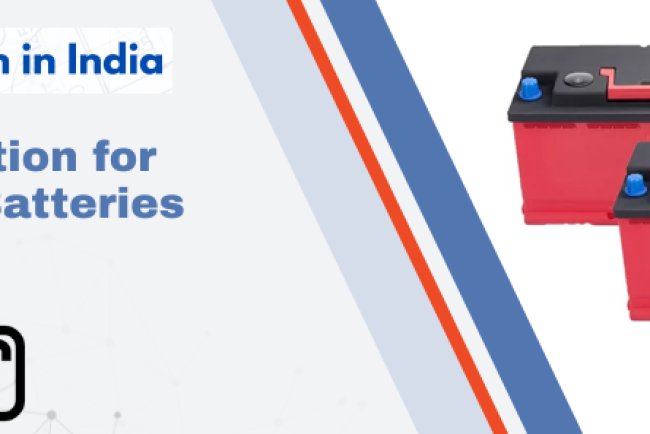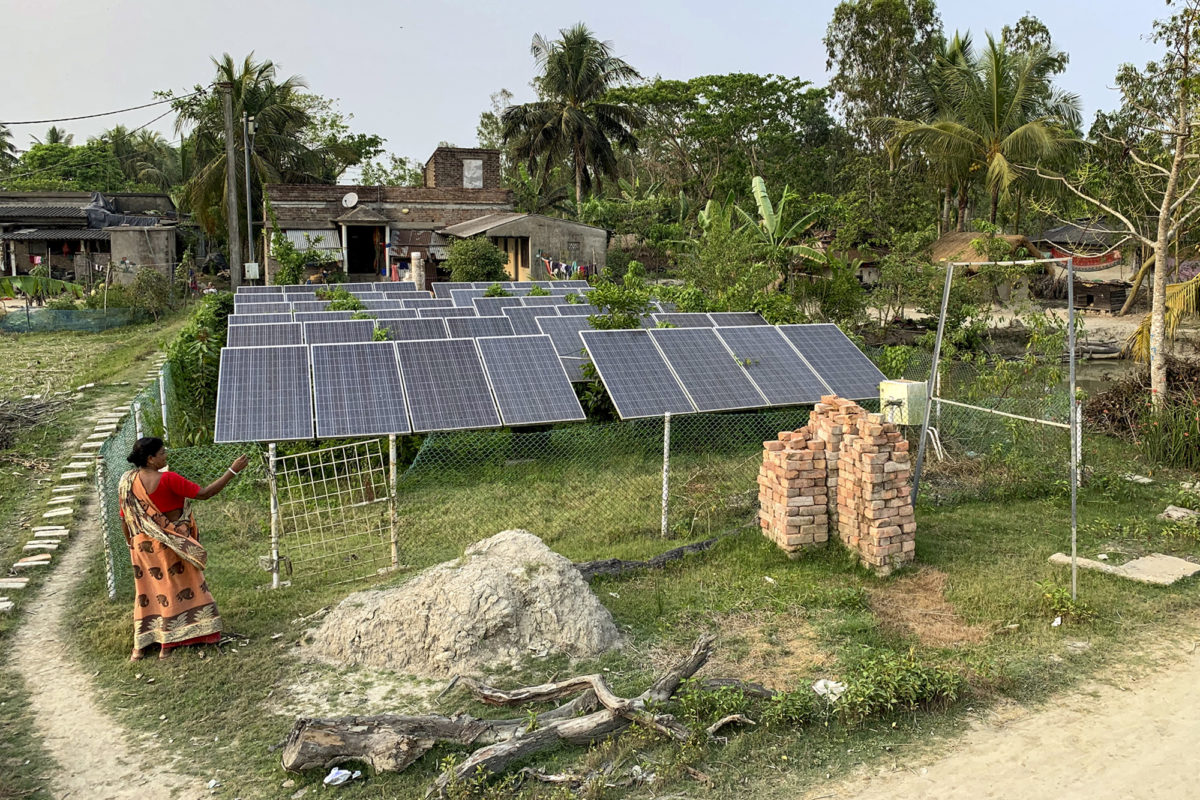Growth of EV Charging Infrastructure in India
PR Newswire: India is on the brink of an electric vehicle (EV) revolution, driven by the government's ambitious targets and the proactive involvement of private players. The EV charging infrastructure, a crucial component for widespread EV adoption, is witnessing rapid growth and transformation. This article delves into the business opportunities, governance initiatives, and contributions of key private players like Tata Power, Sapthavahna, ChargeZone, and Reliance in propelling this growth.

The Growth of EV Charging Infrastructure in India: Governance and Business Perspectives

Business Opportunities
The Indian EV charging market is projected to reach $3.7 billion by 2030, with a compound annual growth rate (CAGR) of 16%. This robust growth is fueled by increasing EV adoption due to environmental concerns and fluctuating fuel prices. Several key business opportunities are emerging in this sector:
- Battery Swapping: Battery swapping technologies are gaining traction, especially for two- and three-wheelers. This innovation reduces the upfront cost of EVs, making them more accessible and affordable for consumers.
- Private Sector Investment: The Indian government encourages private sector players, including charging infrastructure providers and resident welfare associations (RWAs), to invest in the development of charging infrastructure. This fosters innovative business models such as battery swapping and smart charging, which can further accelerate EV adoption.
- Revenue Potential: The Indian EV market is expected to generate over $100 billion in revenue by 2030, accounting for more than 40% of the automotive market. This presents a significant opportunity for businesses to develop new products, go-to-market strategies, and robust charging infrastructure.
Governance Aspects
The Indian government has been proactive in promoting EV adoption and developing the necessary charging infrastructure. Several key governance initiatives and policies are worth noting:
- Government Initiatives: The FAME India Scheme and the National Electric Mobility Mission Plan (NEMMP) are pivotal programs that provide incentives for EV adoption and infrastructure development. These initiatives aim to create a supportive ecosystem for EV growth.
- Ambitious Targets: The government aims for EVs to comprise 30% of new private vehicle registrations, 70% of commercial vehicles, and 80% of two- and three-wheelers by 2030. Achieving these targets requires a robust nationwide charging network, which the government is committed to developing.
- Public Charging Stations: As of February 2024, India has established 12,146 operational public charging stations, with Maharashtra and Delhi leading the count. The rapid establishment of EV infrastructure is driven by government support and rising consumer adoption.
- Policy Support: The government has implemented policies and incentives to promote the development of EV charging infrastructure. These policies aim to reduce range anxiety and enhance EV adoption by making charging more convenient and affordable.
Contributions of Private Players
Several private players are playing a crucial role in developing India's EV charging infrastructure. Key contributions from Tata Power, Sapthavahna, ChargeZone, and Reliance are highlighted below:
- Tata Power: Tata Power is a leading player in the EV charging infrastructure space with its EZ Charge network. They have over 5,500 EV charging stations across India, supporting both personal and fleet vehicles. Tata Power has also partnered with Hindustan Petroleum Corporation Ltd (HPCL) to set up 5,000 additional EV charging stations by December 2024. This collaboration leverages HPCL's extensive fuel station network and Tata's insights from over 1.2 lakh Tata EVs on Indian roads.
- Sapthavahna: Sapthavahna is actively involved in setting up public and semi-public charging stations to support the growing number of EVs in India. Their efforts align with the government's ambitious targets for EV adoption by 2030, which include having 30% of new private vehicle registrations be EVs.
- ChargeZone: ChargeZone is pioneering the e-mobility revolution by building high-speed public charging infrastructure. They offer a wide range of data and software solutions to spearhead the use of electric vehicles. ChargeZone's cloud-based network manages a vast network of charging stations across India, allowing EV drivers to locate stations, make payments, and charge quickly through an easy-to-use app.
- Reliance (Jio-bp): Reliance Industries, in partnership with BP, has established Jio-bp pulse, one of the largest and fastest-growing EV charging networks in India. They have set up 5,000 charging points through 500 stations, with 95% of their network consisting of fast-charging stations. Jio-bp pulse offers high-speed charging with an impressive uptime of 96%, positioning itself as India's most dependable charging network.
The synergy between business opportunities, governance initiatives, and private sector contributions is key to accelerating the growth of EV charging infrastructure in India. This collaboration is paving the way for a sustainable and efficient electric mobility ecosystem, benefiting both the environment and the economy.
References:
- Tata Power: EZ Charge Network
- Sapthavahna: Official Website
- ChargeZone: Official Website
- Reliance (Jio-bp): Jio-bp Pulse
- FAME India Scheme: FAME Indi
- National Electric Mobility Mission Plan (NEMMP): NEMMP 2020
EV Article: Insightful and widely researched articles on different aspects of EV ecosystem with addressing the barriers to electric vehicles in the market, growing EV production capacity and market share, key government targets .

















